Affiliate links on Android Authority may earn us a commission. Learn more.
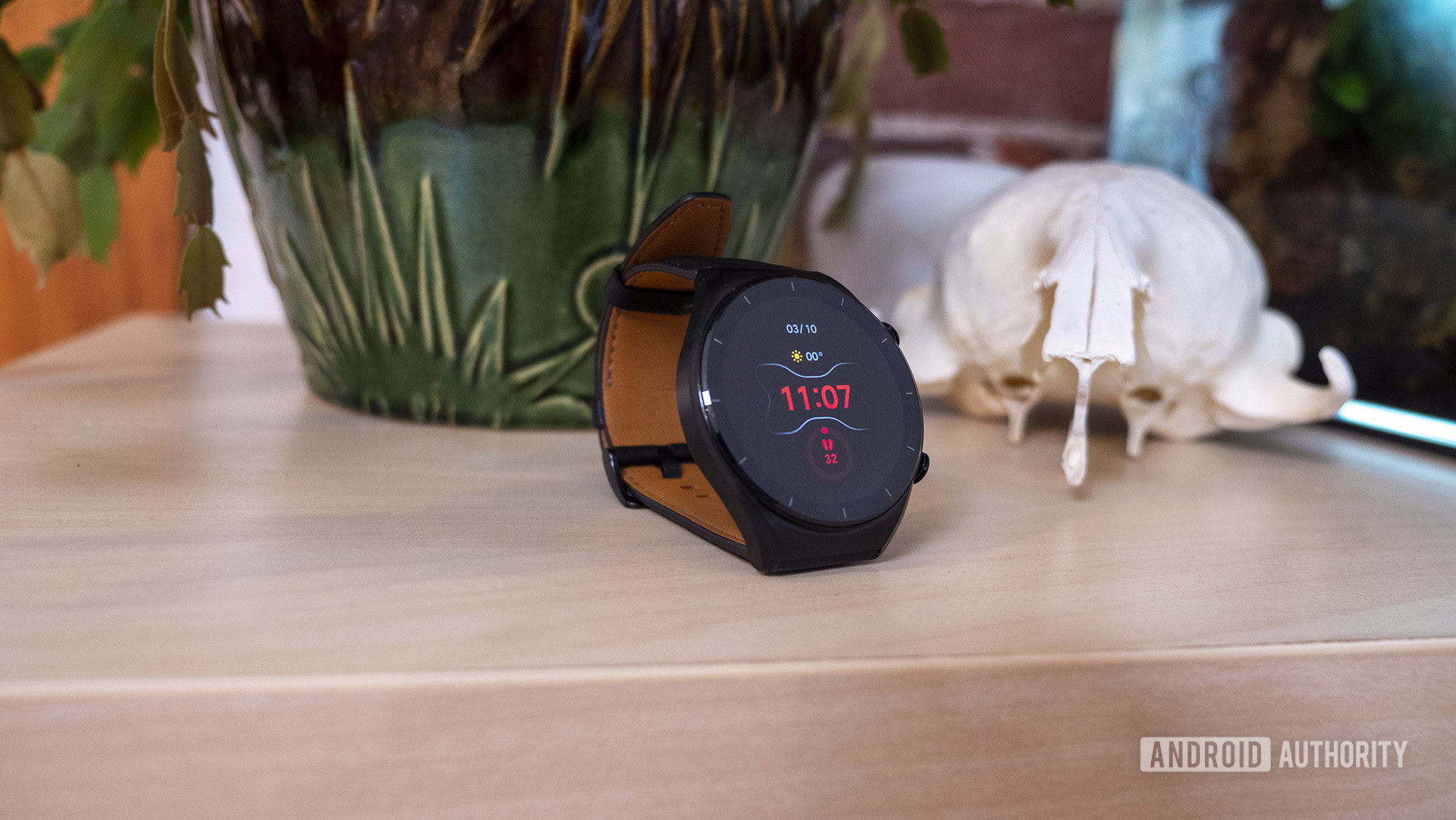
Xiaomi Watch S1 review: Elegant design meets inelegant software
March 19, 2022
Xiaomi Watch S1
MSRP:
What we like
What we don't like
Xiaomi Watch S1
The Xiaomi Watch S1 represents the most feature-rich smartwatch the company has ever released. It’s big, beautiful, and has a lot of features buyers will appreciate. However, when it comes right down to it, is it worth the money? Find out in our Xiaomi Watch S1 review.
What you need to know about the Xiaomi Watch S1
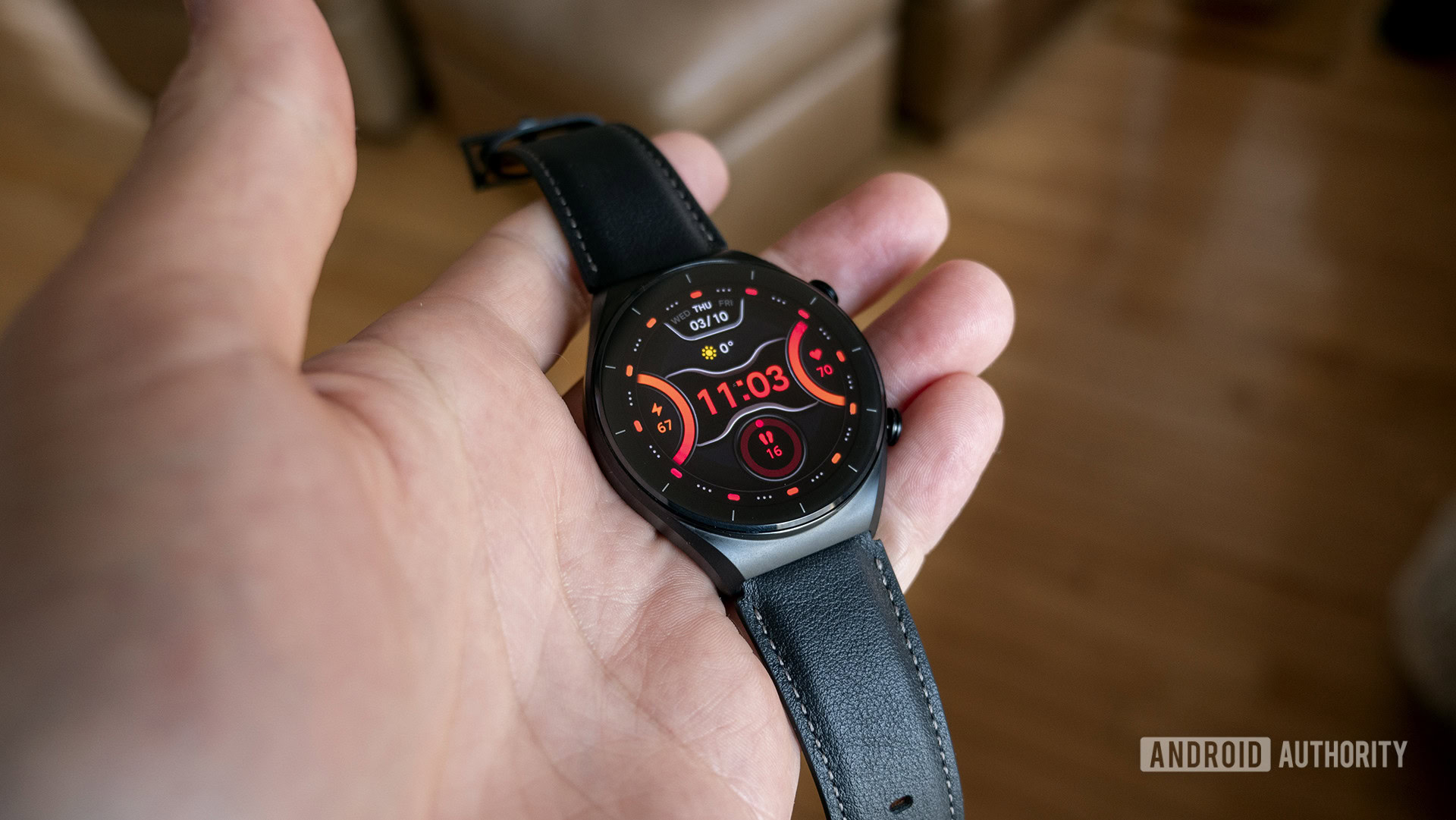
- Xiaomi Watch S1: €229 / $269
- Xiaomi Watch S1 Active: €169 / $199
The Watch S1 is now the flagship smartwatch from Xiaomi. With its stainless steel construction, leather strap, sapphire glass covering, and huge, AMOLED display, there’s no question that this is a premium product. It also has an elegant, minimalist design that should fit with all your outfits, from a business suit to jeans and a t-shirt. You can choose between a black or silver case.
Flanking the sides of the Watch S1 are two buttons. A press of the top button launches your app selector while a press of the bottom button launches your exercise selector. Neither of the buttons supports rotational navigation or customization.
The Watch S1 also has an oft-neglected feature of smartwatches: wireless charging. It comes with a wireless charging pad in the box (just big enough to support the watch) but you can use the charging pads you already own instead if you like. You can also charge the watch using a smartphone if it supports reverse wireless charging. Using the included pad, it takes a little over an hour to charge the watch.
Xiaomi’s own MIUI Watch software powers the wearable and it is compatible with Android phones and iPhones. In order to set up the Watch S1, you’ll need to connect it to an Android or iOS smartphone running Xiaomi’s Mi Fitness app.
Check out: Xiaomi buyer’s guide
Health features include heart rate, SpO2, and sleep tracking. In the cases of heart rate and SpO2 tracking, you can choose to auto-track these all day at the expense of battery life. You can also choose how often you want those tracks to occur, which gives you a degree of finer control when it comes to balancing power consumption and tracking accuracy. The watch also features onboard dual-band GPS and over 100 exercise modes. You can control whether or not the watch auto-detects your exercises, but this, once again, sucks up more battery.
Alongside the Xiaomi Watch S1, the company also launched the Watch S1 Active. This model removes the sapphire glass, wireless charging, stainless steel frame, and included leather band. It keeps the same health features, though, making it ideal for people who are mostly interested in fitness tracking. We tested only the regular Xiaomi Watch S1 for this review.
Xiaomi has confirmed that the Watch S1 series will roll out in selected European regions starting in March 2022 but has not revealed plans for US availability (even though it announced pricing in USD). We’ll update this review as we know more.
What’s good?
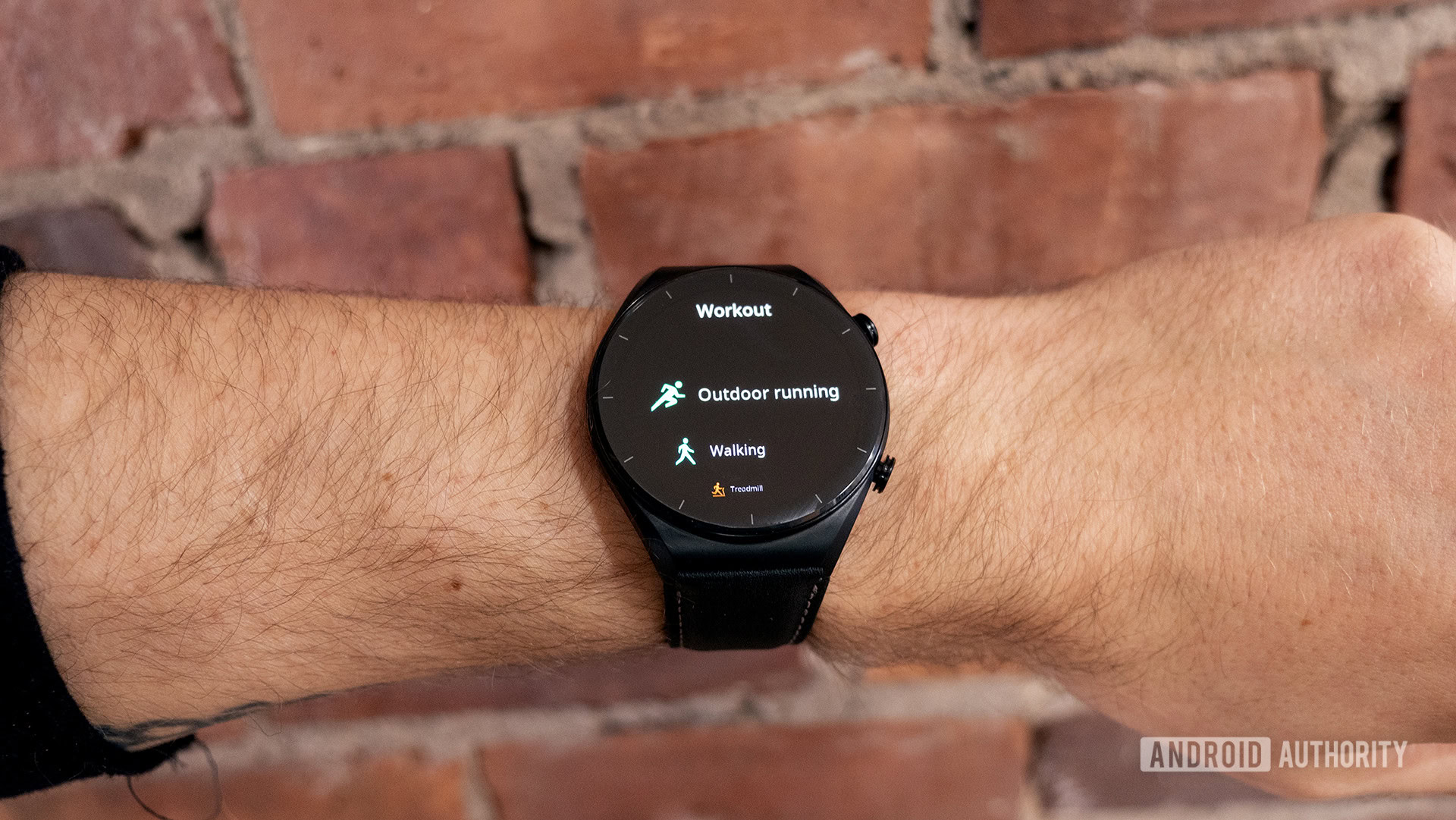
By far the best feature of the Watch S1 is the way it looks. As soon as you hold it, you know it’s high-quality hardware. It has a good weight, feels incredibly durable, and the stainless steel construction just screams “premium.” Likewise, its enormous AMOLED display is a joy to use. Everything looked crisp in my testing, and navigating around with swipes and taps was a breeze. I never noticed any software lag, glitches, or other performance problems, either.
I was also blown away by the haptics. You can select whether you want vibrations to be “Default” or “Strong,” and the latter setting is impossible to ignore when it slams into your wrist. Likewise, the speaker can emit a tone when there’s a new notification, and it gets very loud. The Watch S1 also supports receiving phone calls right from your wrist, and the speaker works fine for that (as well as that tiny speaker can, anyway). You can’t make calls from your wrist, though, only receive them.
The Xiaomi Watch S1 looks amazing and has stellar battery life.
The Watch S1 has terrific battery life. I averaged about 20% loss each day, and that’s with constant heart rate/SpO2 tracking, a daily workout, haptics on Strong, advanced sleep-tracking switched on, and the always-on display permanently activated. If you took some or all those things away, you could very easily get a week out of this watch.
Health-tracking features here are plentiful, too. There are tons of exercise modes with even obscure things such as square dancing and auto racing. Overall, heart rate tracking is adequate. Check out my heart rate data from the Xiaomi Watch S1 as compared to my Wahoo Tickr X chest strap during a 20-minute bike ride:

As you can see, the watch took a little time to get accurate. By two minutes in, though, it pretty much locked in with the chest strap, although there are some notable spots in which the watch struggled to keep up.
The Watch S1 also has onboard GPS. Overall, this fared pretty well with it accurately tracking the basics of my route. However, you can see that it struggled to stay accurate once I went into a tree-covered area (the accurate purple line is the Wahoo Tickr X):
Obviously, no smartwatch is likely to be as good as a chest strap when it comes to fitness tracking. With that in mind, the Watch S1 does a fine enough job for casual exercise.
What’s not so good?
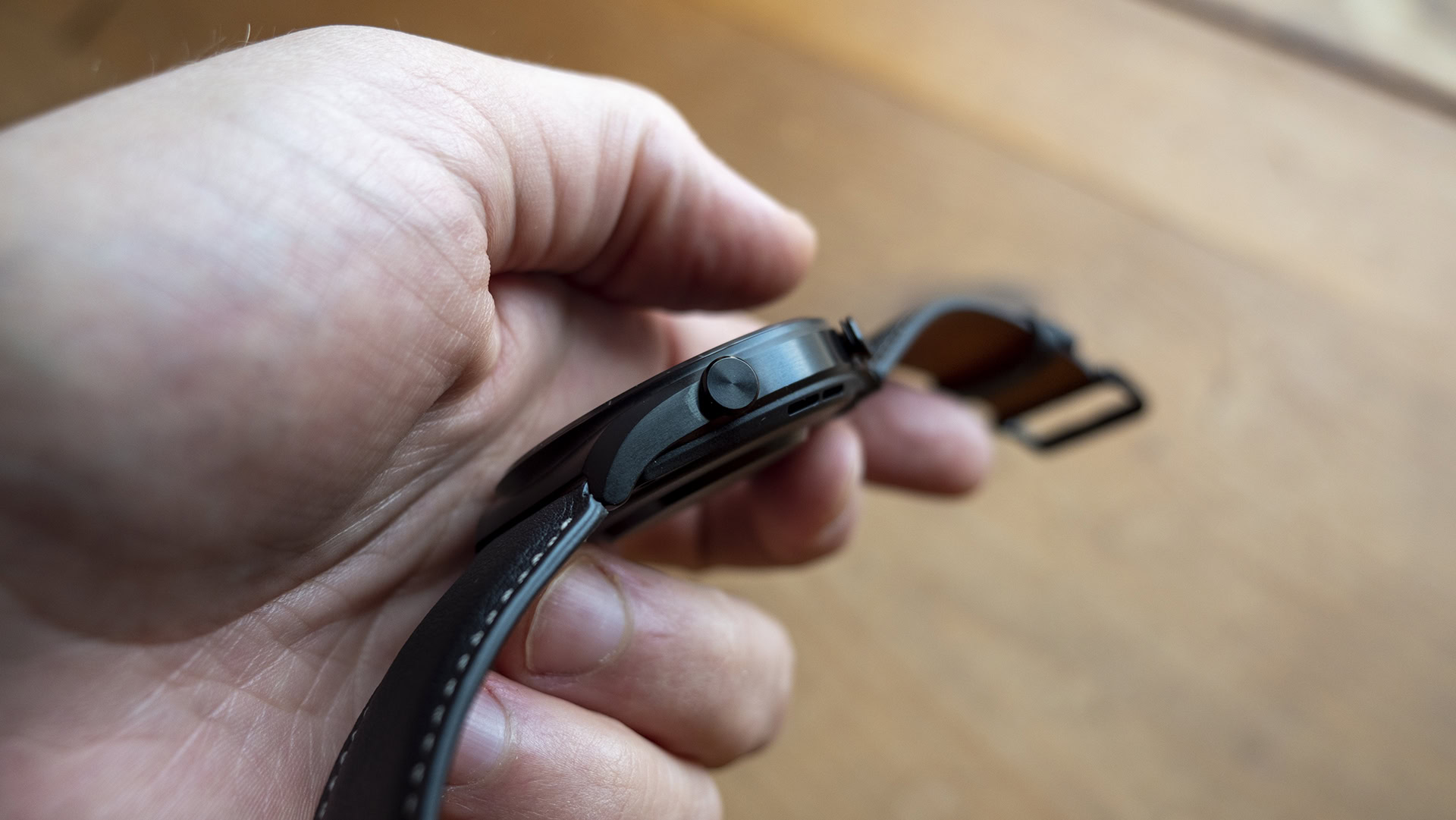
For a flagship smartwatch, there’s a lot the Xiaomi Watch S1 can’t do at all or can’t do very well. The most glaring problems revolve around receiving and working with smartphone notifications. First, you have no fine control over your notifications: they are either on or off for any particular app. This means a notification that falls into the “Silent” section of your notification drawer on an Android phone will still ring on your wrist. Additionally, you need to manually turn notifications for each app on/off using the connected Xiaomi Mi Fitness phone app. Frustratingly, there’s no “Select All” button here either, so you need to manually toggle every app on your phone.
The Xiaomi Watch S1's software leaves a lot to be desired.
Another problem with the way MIUI Watch handles notifications is that what you do on your watch/phone doesn’t sync. In other words, if I swipe away a notification on the watch, it doesn’t vanish from my phone. You also can’t respond to notifications on the watch. There is no keyboard and no support of voice-to-text, so that means no making phone calls, no composing text messages. Basically, your watch quickly turns into another way to pile on notification fatigue.
During our review period, there was no voice assistant support on the Watch S1. Interestingly, when I took the watch out of the box, it had Amazon Alexa integrated, but it didn’t work. A software update arrived the next day that removed Alexa entirely. Xiaomi says Alexa support will eventually work for users who buy the watch but gave no explicit timeframe. Likewise, I was not able to test NFC payments (conducted through Xiaomi Pay) as this feature was inactive for my region. However, Xiaomi Pay is locked solely to MasterCard, so even if it did work, it would be pretty limiting.
On top of this, there are very few watch apps available and a pretty limited selection of watch faces — and the fact that the side buttons can’t be customized is a real drag. You also can’t switch the measurements of the watch from Metric to Imperial (although Xiaomi did say it is working to support this). The way health data is presented both on the watch itself and in the Mi Fitness app is pretty clunky with each individual metric (heart rate, steps, SpO2, sleep, etc.) presented as one individual stat with no overarching examination of those stats combined. Thankfully, one thing about the software that’s good is you can export your health data to the far more capable third-party apps (e.g. Strava).
Finally, I encountered a particularly confusing bug. After taking the watch out of the box and doing nothing to it besides charging it up and getting it connected, it sounded an alarm at 7:00 AM the next day. There was no alarm set on the watch and none set in the Mi Fitness app. It happened again the next morning, even after searching through the watch trying to find where this alarm was coming from. Xiaomi told me it didn’t know why this was happening. My theory is that it hooked into my Fitbit Sense somehow since that does have an alarm set during that time period. However, how the watch would do this is a mystery, especially since the Sense is not scheduled to go off at 7:00 AM specifically, but rather sometime between 7:00 and 7:30 AM based on my sleep patterns.
Although health tracking is pretty accurate overall, sleep tracking was not during my tests. As one example, my Fitbit Sense recorded me as having seven hours and 26 minutes of sleep while the Watch S1 recorded a whopping eight hours and 40 minutes. The Watch S1 thought I fell asleep as soon as I got in bed and recorded nearly 30 minutes of light sleep for that period. The Fitbit Sense, meanwhile, understood that I was awake and slowly headed towards light sleep through that 30 minutes, which is much more accurate.
Likewise, the Fitbit Sense recorded me waking up several times throughout the night. The Watch S1 only recorded one time in which I woke up, which is definitely not accurate.
To be fair, the Watch S1 did have days in which it was more accurate than this. What I just described is a day in which it was wildly off-base. Still, I would not classify the Xiaomi Watch S1 as a reliable sleep tracker. I also found the large watch to be cumbersome for sleep in general, but your opinion might differ on that.
Xiaomi Watch S1 and S1 Active specs
| Xiaomi Watch S1 | Xiaomi Watch S1 Active | |
|---|---|---|
Display | Xiaomi Watch S1 1.43-inch AMOLED Sapphire glass covering 326ppi 450 nits brightness | Xiaomi Watch S1 Active 1.43-inch AMOLED 326ppi 450 nits brightness |
Case | Xiaomi Watch S1 Stainless steel frame | Xiaomi Watch S1 Active Aluminum frame |
Connectivity | Xiaomi Watch S1 Bluetooth 5.2 BLE Dual-band GPS onboard NFC (through MasterCard app) | Xiaomi Watch S1 Active Bluetooth 5.2 BLE Dual-band GPS onboard NFC (through MasterCard app) |
Power | Xiaomi Watch S1 470mAh battery Wireless charging | Xiaomi Watch S1 Active 470mAh battery |
Durability | Xiaomi Watch S1 5ATM water resistance | Xiaomi Watch S1 Active 5ATM water resistance |
Sensors | Xiaomi Watch S1 PPG heart rate SpO2 Accelerometer Gyroscope Geomagnetic Air pressure Ambient light | Xiaomi Watch S1 Active PPG heart rate SpO2 Accelerometer Gyroscope Geomagnetic Air pressure Ambient light |
Operating system | Xiaomi Watch S1 MIUI Watch 1.0 | Xiaomi Watch S1 Active MIUI Watch 1.0 |
Minimum software support | Xiaomi Watch S1 Android 6.0 iOS 10 | Xiaomi Watch S1 Active Android 6.0 iOS 10 |
Dimensions and weight | Xiaomi Watch S1 46.5 x 46.5 x 11mm 52g (without strap) | Xiaomi Watch S1 Active 47.3 x 46.5 x 11mm 36g (without strap) |
In-box straps | Xiaomi Watch S1 Black model: - Black fluoro rubber - Black leather Silver model: - Grey fluoro rubber - Brown leather | Xiaomi Watch S1 Active Moon White case with Moon White strap Space Black case with Space Black strap Ocean Blue case with Ocean Blue strap Additional straps (sold separately): Yellow, green, orange |
Xiaomi Watch S1 review: Should you buy it?
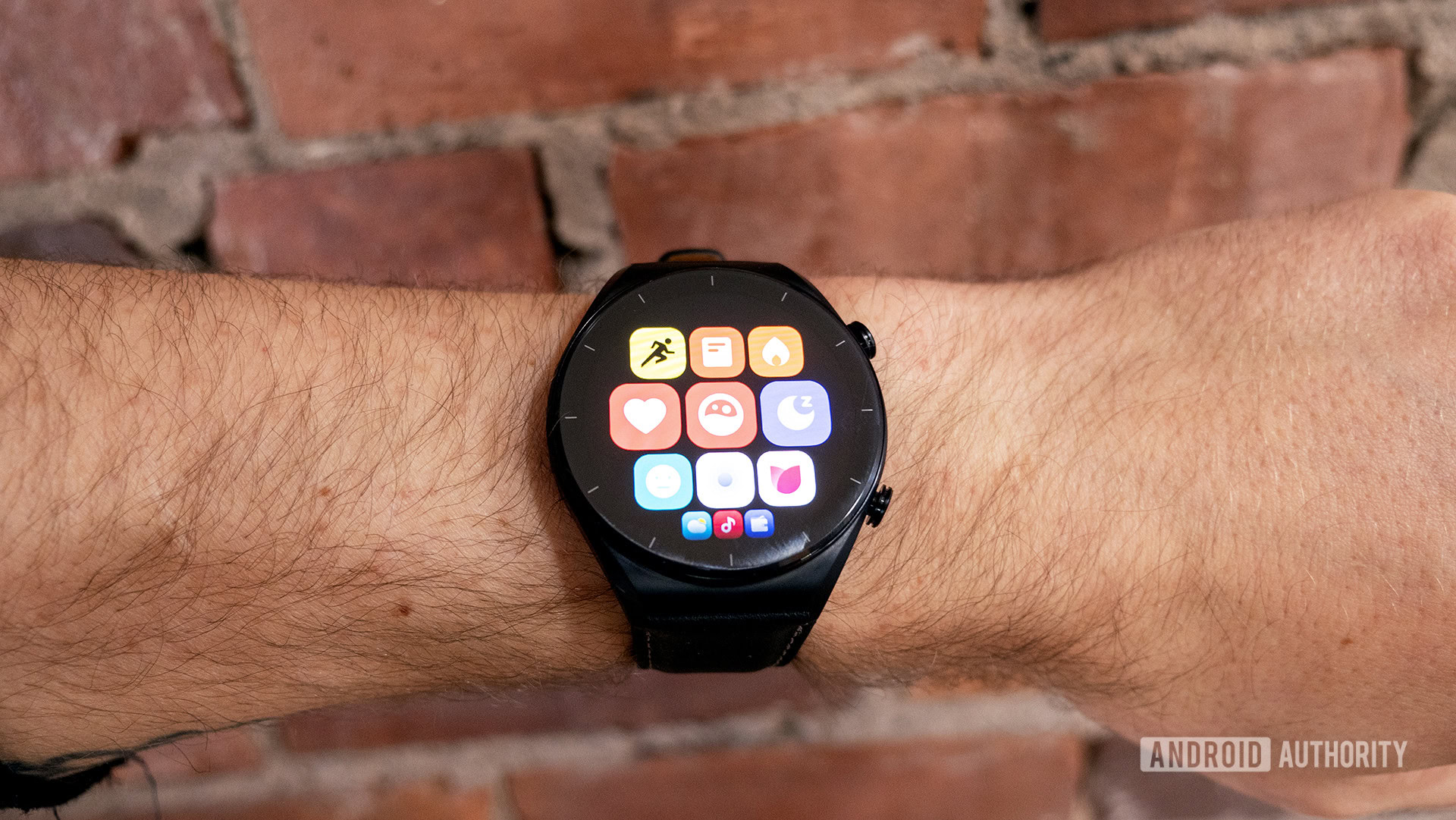
The Xiaomi Watch S1 is a gorgeous timepiece. However, its beauty is only skin-deep. Once you start using the watch, you realize it can’t do most of the things you want a smartwatch to do. You can’t respond to notifications, there’s no voice assistant yet, and the watch doesn’t integrate with your smartphone very well. In the end, it ends up being a very large, beautiful fitness tracker.
Normally, I would say that if that’s what you want, you should buy this. However, with the Xiaomi Watch S1 Active existing for a much lower price, anyone thinking of getting this mostly for the sake of health tracking should just buy that.
Check out: Your guide to the best fashion smartwatches
If you want a watch that looks like this but does all the things you need and don’t mind paying the premium to get it, you want a Galaxy Watch 4 Classic ($349). Granted, that watch is missing Google Assistant support (still!), so that problem would still be there. However, at least you could control and respond to notifications, gain access to a wealth of apps and watch faces, and still have the fitness features you need.
Conversely, if you want a watch that prizes function over form, the Fitbit Versa 3 ($229) is even cheaper than the Watch S1. It has full notification syncing, the ability to respond to notifications using your voice, Google Assistant and Alexa support, NFC payments that aren’t tied solely to MasterCard and work in the US, and accurate health and sleep tracking. It doesn’t look as nice, but it will do a lot more.
It’s a real shame the Xiaomi Watch S1 isn’t more powerful. With its timeless good looks and incredible battery life, Xiaomi would have a true industry disruptor if its software was up to snuff.
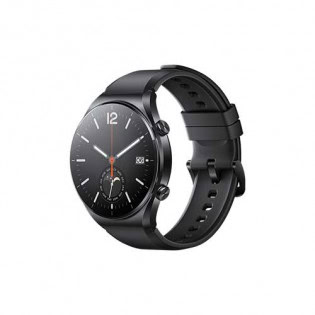
Top Xiaomi Watch S1 questions and answers
The watch is certified to 5ATM standards. This means it is water-resistant up to 50m in depth for up to 10 minutes.
You get the watch, a small wireless charging pad, a short USB-C cable, a leather strap, and a fluoro rubber strap.
Yes, but you can only use MasterCard payment types through Xiaomi Pay. It does not support apps like Google Pay.
Yes, it is compatible with 22mm straps.
No, there is no way to do this. You can control music playing on your phone, though.